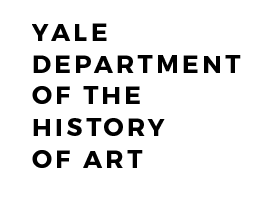Work in Progress by Kristen Herdman
From the last quarter of the fifteenth century into the early sixteenth century, an extraordinary outpouring of artistic output sprung from the convents of the Lüneburg Heath region. Now a protected historic landscape, the modern Heath supports a vibrant ecosystem and is admired for its impressive stretches of heather, accented with juniper bushes and pine trees. While the cloistered women of the region were barred (quite literally) from roaming outside their foundations, they nonetheless drew, painted, and stitched images of flora and fauna across media. Like the human figures depicted in their books and embroideries, their animals were not relegated to being mute marginalia, but were awarded voices, floating in sinuous banderoles. This paper seeks (1) to establish the connection these women artists had to the natural world (despite living in extreme enclosure) and (2) to discuss how the depictions of talking animals were joined with more traditional sacred subject matter.

